Recover Your Ransomware NAS Drive Cloud Server SQL Database Hard Drive Pen Drive Memory Card Computer Laptop NvME/SSD .MDF/.LDF Accounts Office Files Images/Videos Data Seamlessly.
Meet Data Recovery Services, We recover data super fast and very accurate always. Any kind of corrupted or missing data, 100% data recovery guaranteed
- Corrupted Data
- Missing Files or Folders
- OS Crash or System Errors
100% Guaranteed Data Recovery
We are award winning 100% Guaranteed data recovery.
WHAT WE DO
Recover Every File & Document
Upgrade Your Experience.
Data Recovery Services is one of the most trusted and reputed data recovery solution and service provider in India since 2007.
Premium Diagnosis
We do a premium level of diagnosis of your system and check for any missing, corrupted or damaged files.
Privacy is Our Key
Our main focus is always privacy, we decrypt or recover data in a safe and very secure environment with privacy in mind.
100% Satisfied Customer
Our key business is always Customer satisfaction, we do everything possible to make our customers happy.
Book an Appointment
Book an appointment, you can easily contact our experts they can help you recover your lost files and corrupted files & folders.
WHY WE ARE BEST
Why Everyone Prefer Us?
600+
Big Brands Trust us all over the India, since 2007 for data recovery
2Pb+
Data Recovered since 2007 successfully
4.9
India’s Most Loved & Rated Best recovery
DEVICE RECOVERY
Can we help recover your data?
Our experienced team can help recover all your memories, documents, personal data and all beautiful moments, you lost without any data loss and privacy hamper.
How we deal?
We first do a premium diagnosis always, to identify the risk, corrupted files and potential risks in your device very clearly.
Step by Step Process at DRS
Here is our Step by Step Process how we do the full process of data recovery for our every customer.
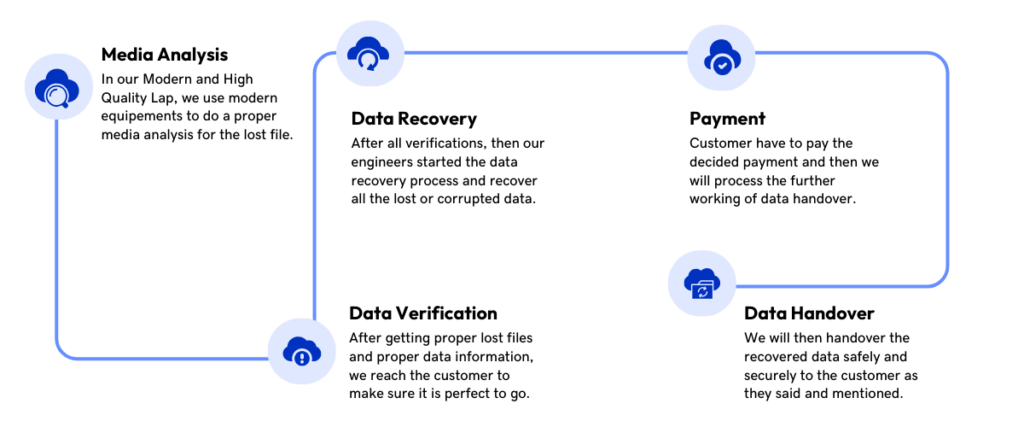

RANSOMWARE ENCRYPTED
Your important files are corrupted by ransomware and you are unable to recover or get the data as its encrypted by them.
Asking for Ransom
Do not pay any amount exchange of data.
Unknown Popups
Showing unknown popups or notifications.
.locked or .encrypted
All files are .encrypted or locked, unable to access.
High Resource Usage
High Data resource usage means huge loss.
Data Encrypted
If you data got encrypted by any virus.
And other Issues
Any kind of ransomware, we can recover data.
HARD DISK DRIVE ( HDD )
Hard Disk Data Recovery Services
We have 100% data recovery services guarantee and we can recover any data, any files, photos or videos from your Hard Disk.
Click Sounds
If you are getting mysterious sounds.
Missing Files/Data
Any kind of missing or corrupted data.
Corrupted Disks
Doesn't matter corrupted or any issues.
Physical Damage
We can also recover data from physical damages.
Not Detecting
If your hard disk is not detected or permitted.
And other Issues
We can resolve any issues in your hard disk.


PEN DRIVE / USB CARD
Pen Drive Data Recovery Services
We can help getting your important data back from your pendrive its very simple and easy for our team, we have it.
Not Detecting
If your Pen Drive is not detected or permitted.
Missing Files/Data
Any kind of missing or corrupted data.
Physical Damage
We can also recover data from physical damages.
Corrupted Device
Doesn't matter corrupted or any issues.
Virus Attack
If you data got attacked by any virus.
And other Issues
We can resolve any issues in your Pen Drive.
SD CARD / MEMORY CARD
Memory Card Data Recovery Services
We can help you recover your old emotions, memories, videos and smiles back with best memory card data recovery services.
Missing Files/Data
Any kind of missing or corrupted data.
Corrupted Card
Doesn't matter corrupted or any issues.
Not Detecting
If your SD Card is not detected or permitted.
Physical Damage
We can also recover data from physical damages.
Virus Attack
If you data got attacked by any virus.
And other Issues
We can resolve any issues in your SD Card.
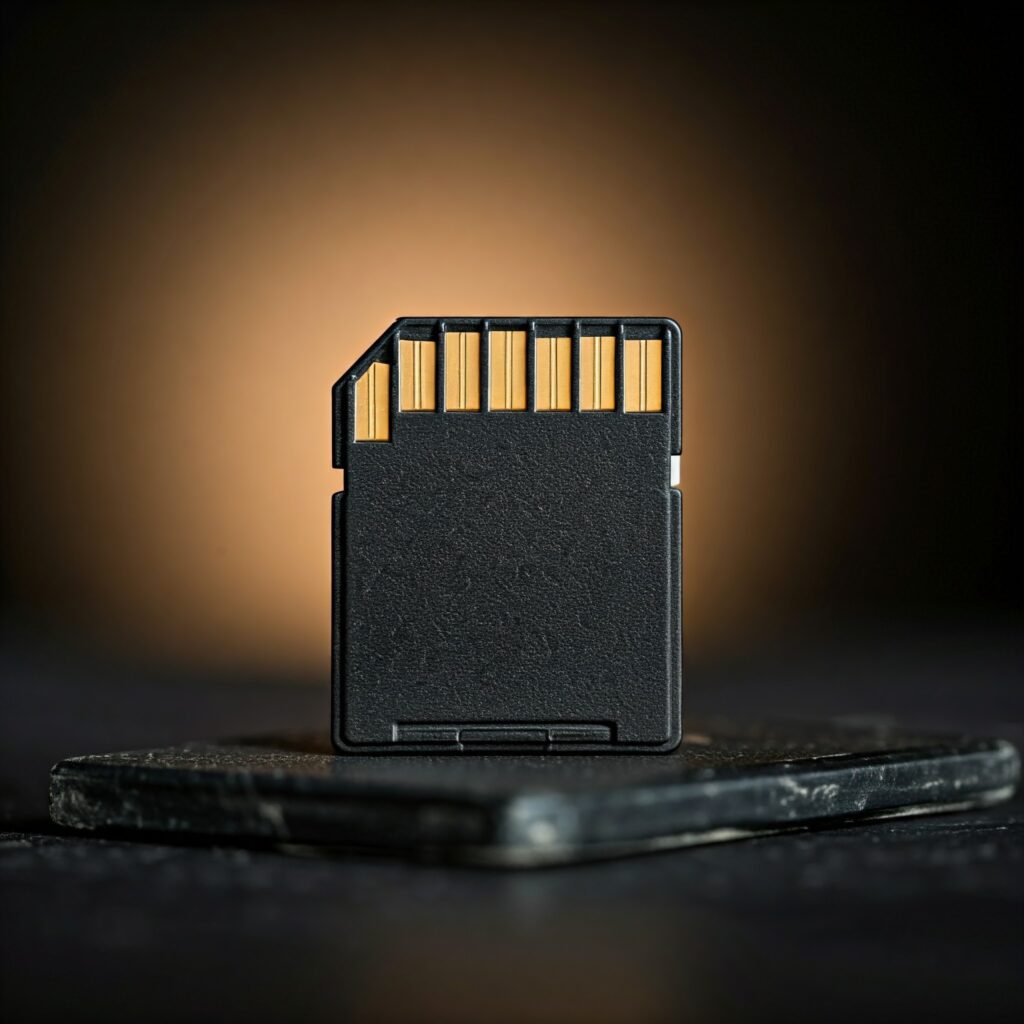
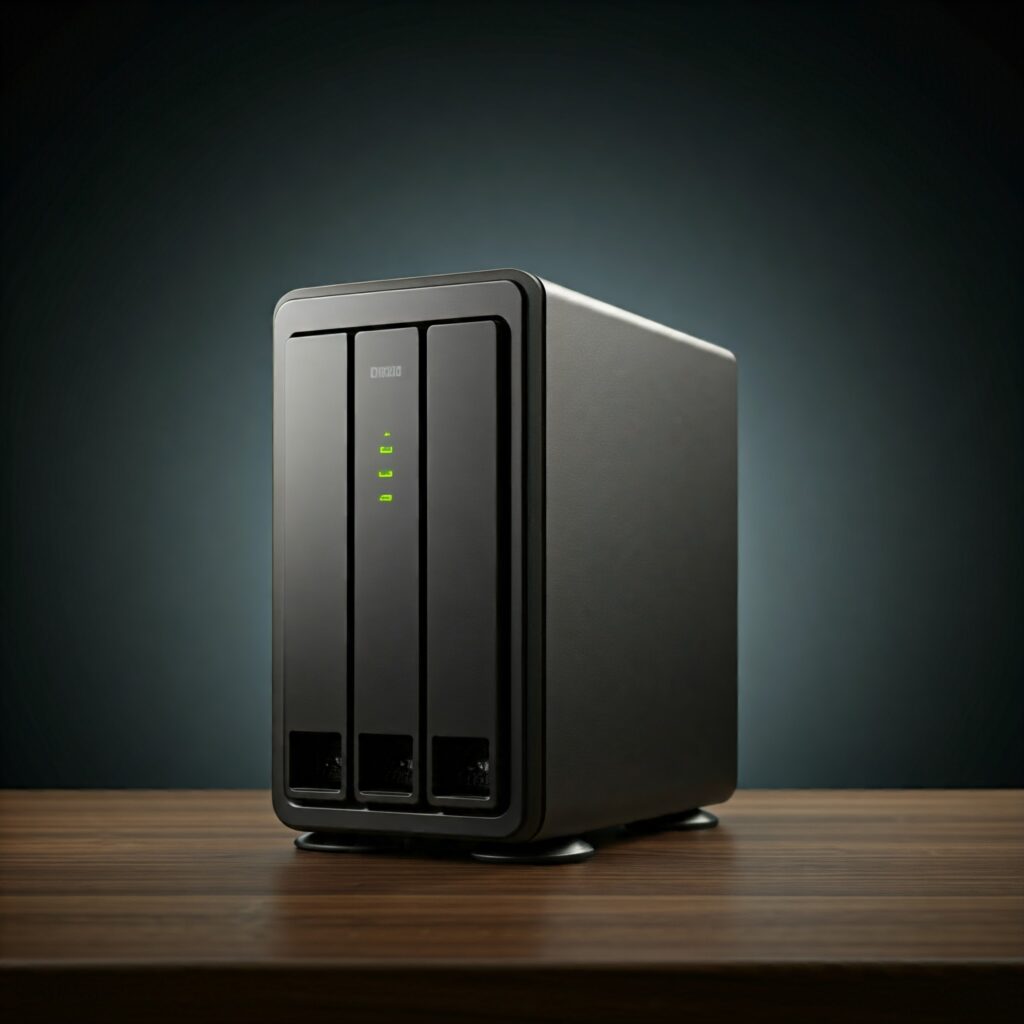
NETWORK ATTACHED STORAGE ( NAS )
NAS Data Recovery Services
NAS Data recovery just simply done by us in a safe and very secure environment with 100% guaranteed data in hand.
Not Detecting
If your NAS drives are not detected or permitted.
Corrupted Disks
Doesn't matter corrupted or any issues.
RAID Issue
Raid Configuration issues and problems.
Missing Files/Data
Any kind of missing or corrupted data.
Power Surge
Frequent power outage and power surge.
And other Issues
We can resolve any issues in your NAS Drive.
CLOUD STORAGE
Cloud Data Recovery Services
Missing files or any kind of other cloud server data lost or Ransomware attack, we have the best solution with modern tools to recover them.
Unable to Fetch
Data not showing in the cloud or not connecting.
Missing Files/Data
Any kind of missing or corrupted data.
Deleted by Mistake
You data deleted by any mistake an you want it.
Forget Credentials
If you forgot the credentials of your data.
Data Encrypted
If you data got encrypted by any ransomware virus.
And other Issues
We can resolve any issues in your Cloud.
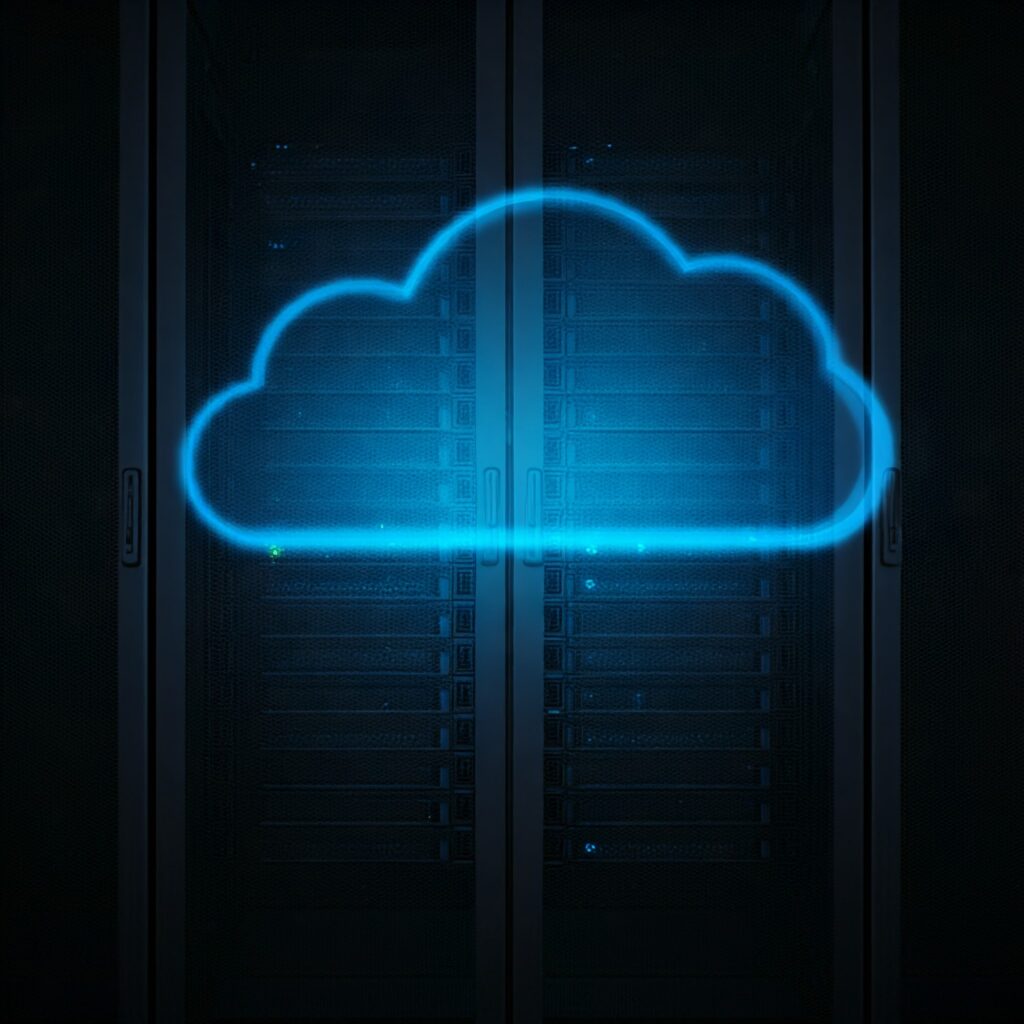

DATABASE ( DB ) RECOVERY
Database Data Recovery Services
We can recover your online or traditional database data, thousands of important informations safely and guaranteed.
Forget Credentials
If you forgot the credentials of your data.
Unable to Fetch
Data not showing in the db or not connecting.
Missing Files/Data
Any kind of missing or corrupted data.
Deleted by Mistake
You data deleted by any mistake an you want it.
Data Encrypted
If you data got encrypted by any ransomware virus.
And other Issues
We can resolve any issues in your DB.
Book an Appointment
Book an appointment, you can easily contact our experts they can help you recover your lost files and corrupted files & folders.
COMPUTERS
Computer Data Recovery Services
Our expert team can safely recover all your data lost from your computer device, we have the best team to do so.
Software / OS Crash
Windows/MAC or Linux any kind of OS.
Drive Failure
We recover 100% data on drive fault.
Power Surges
Data lost because of power surges.
Blank / Blue Screen
We can fix blue or blank screen issues also.
Hardware Defect
Defected hardware caused to data loss.
And other Issues
We can resolve any issues in your computer.


LAPTOPS
Laptop Data Recovery Services
Laptop Data Recovery Services is like a tiny task our us, because have the modern equipments and best team for it.
Power Surges
Data lost because of power surges.
Software / OS Crash
Windows/MAC or Linux andy OS.
Drive Failure
We recover 100% data on drive fault.
Blank / Blue Screen
We can fix blue or blank screen issues also.
Hardware Defect
Defected hardware caused to data loss.
And other Issues
We can resolve any issues in your laptop.
SOLID STATE DRIVES ( SSD )
SSD Data Recovery Services
We are award winning and quite popular in No.1 SSD Data recovery. We proudly provide the best Data Recovery Services here.
Not Detecting
If your ssd drive is not detected or permitted.
Corrupted Disks
Doesn't matter corrupted or any issues.
Data Encrypted
If you data got encrypted by any virus.
Missing Files/Data
Any kind of missing or corrupted data.
Technical Damage
We can also recover data from Technical damages.
And other Issues
We can resolve any issues in your SSD Drive.

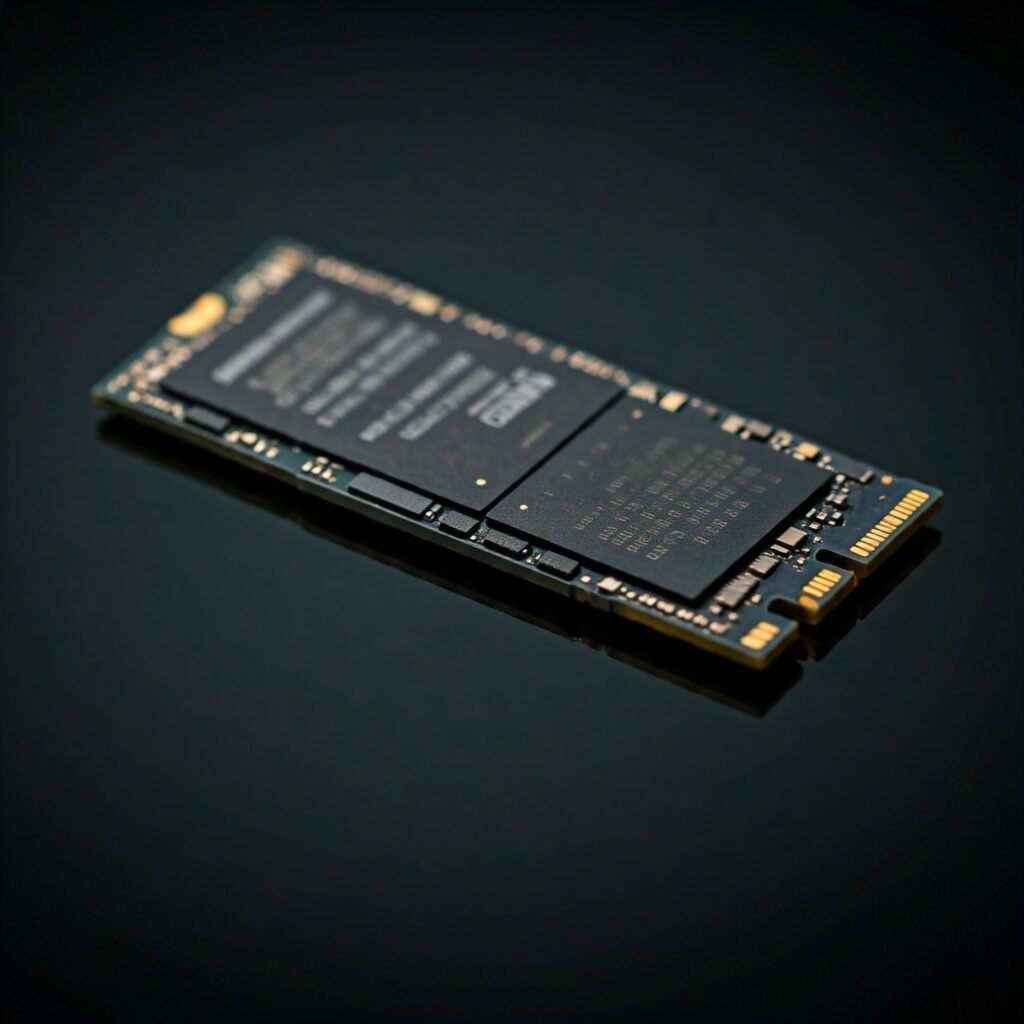
NVME SOLID STATE DRIVES
NvME SSD Data Recovery Services
We recover from any SSD Type also from Nvme, M2 or RAID SSD. Our expert team is actually very experienced in cases.
Missing Files/Data
Any kind of missing or corrupted data.
Corrupted Disks
Doesn't matter corrupted or any issues.
Not Detecting
If your NVME drives are not detected or permitted.
Technical Damage
We can also recover data from technical damages.
Data Encrypted
If you data got encrypted by any virus.
And other Issues
We can resolve any issues in your NVME Drive.
CCTV DRIVES
CCTV Data Recovery Services
Don’t miss any scene we have the team they can help you getting back all the footages of your CCTV device.
Water Damage
Files corrupted or device is not working.
Missing Files/Data
Any kind of missing or corrupted data.
Physical Damage
We can also recover data from physical damages.
Power Surges
Device corrupted or data missing because of it.
Deleted & Overwrite
Your data deleted and overwritten multiples.
And other Issues
We can resolve any issues in your CCTV Drive.
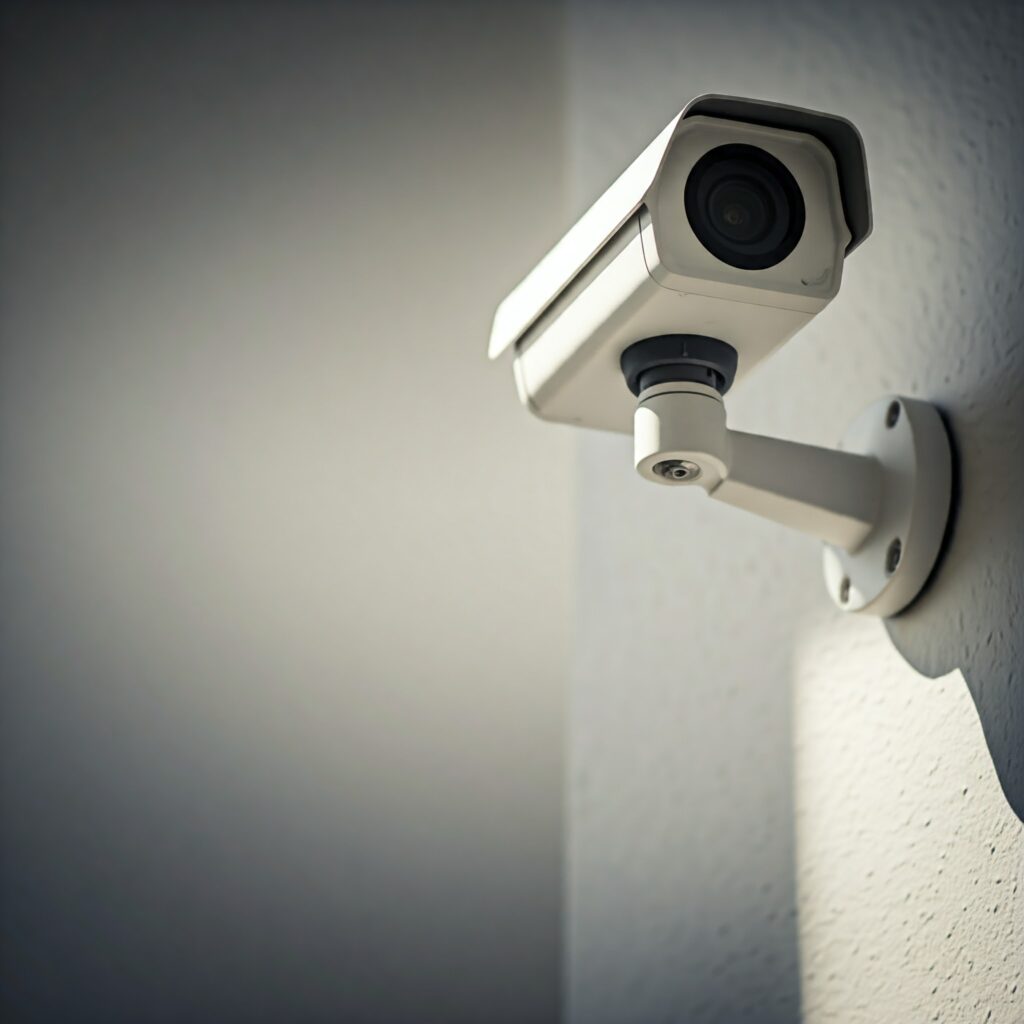
WE DO RECOVERY
Three Very Simple Steps to Recover
And get back your files.
01
Diagnose.
A Top Level, Premium diagnosis of your corrupted or malware infected device to get the proper information about the corrupted data and the chances.
02
Cleanup.
We will do a proper device cleanup and malware infection prevention to make sure all the files are safe and ready to recover. Then in a safe and boxed environment we run.
03
Recovery.
Then Our certified experts starts the recovery in a safe environment using modern equipments and quality checks. Using modern tools they can almost recover any file.
DATA RECOVERY SERVICES IN DELHI
Best Data Recovery Services in Delhi
Are you facing data loss issues? Virus Solution Provider is here to help! As a leading expert in Data Recovery Services in Delhi, we specialize in retrieving lost, deleted, or corrupted files from laptops, desktops, external hard drives, SSDs, and more. Whether you’re a business owner dealing with crucial data loss, an individual struggling with corrupted files, or someone who accidentally formatted their device, our team of certified professionals can recover your data safely and efficiently.
With over a decade of experience in data recovery, Virus Solution Provider is trusted by countless clients for its quick, reliable, and secure solutions. We use advanced tools and techniques to recover data from all types of storage devices, ensuring your sensitive information is protected. Our services cater to everyone—from small businesses and large enterprises to individual users who need their invaluable memories restored.
Don’t let data loss disrupt your life or business. Reach out to Virus Solution Provider, the most reliable name in Delhi for comprehensive data recovery solutions. Contact us today for a free consultation and secure your data before it’s too late!
Call now to protect your data and get it back with the experts at Virus Solution Provider.
Book an Appointment
Book an appointment, you can easily contact our experts they can help you recover your lost files and corrupted files & folders.
RANSOMWARE DECRYPT SERVICES
Best Ransomware Data Recovery Service
Worried about ransomware attacks compromising your data? Virus Solution Provider offers the Best Ransomware Data Recovery Service to restore your critical files securely. With over a decade of expertise in data recovery, we specialize in retrieving encrypted data from ransomware-infected systems, whether it’s a business server, laptop, or desktop. Our advanced recovery solutions ensure minimal downtime, helping you get back to business as usual.
Ransomware attacks can be devastating for business owners and individuals alike, often resulting in data breaches and significant financial loss. At Virus Solution Provider, we understand the urgency of recovering your data quickly and safely. Our certified experts use cutting-edge tools to decrypt files and restore your access without compromising sensitive information. We cater to businesses of all sizes, laptop owners, and individuals facing data loss due to ransomware, ensuring a smooth recovery process.
Choose Virus Solution Provider for the best ransomware data recovery services—trusted by clients across industries for fast, reliable, and confidential recovery solutions. Don’t let ransomware hold your data hostage. Contact us today for a free consultation and let our experts recover your data without paying the ransom!
Secure your data with Virus Solution Provider—the trusted name in ransomware recovery.
LET’S GET STARTED
Need Help? Urgently,
Contact our experts fast.
We are here always to help you fix all your issues and help recovering your data. Missing or corrupted and issues.

COMMON QUESTIONS
Frequently Asked Questions
What is Data Recovery Services?
Data recovery Services is the process of retrieving lost, deleted, corrupted, or inaccessible data from storage devices such as hard drives, SSDs, USB flash drives, and memory cards. This process is essential when data loss occurs due to accidental deletion, formatting, hardware failure, or even malware attacks & ransomware virus attack. At Virus Solution Provider, we use advanced tools and techniques to recover data safely, ensuring minimal risk to your original files. Whether you are a business owner or an individual, data recovery services can help you retrieve important documents, photos, videos, and other files. Our team of experts specializes in recovering data from all types of devices, ensuring a high success rate and reliable solutions for every data loss scenario.
Which is the Best Laptop Data Recovery Service in Delhi?
If you are searching for the best laptop data recovery service in Delhi, look no further than Virus Solution Provider. We specialize in recovering data from laptops of all brands, including Dell, HP, Lenovo, and Apple or any brand. Our experts are equipped to handle data loss caused by system crashes, accidental formatting, and ransomware attacks. With over a decade of experience, we have become a trusted name in Delhi for efficient and secure data recovery services. We use cutting-edge technology to ensure a high recovery success rate, even from severely damaged laptops. Whether it’s important business files or personal documents, we can help you get your data back quickly and securely.
Which is the Best Service Center for Desktop Data Recovery Services?
For desktop data recovery services, Virus Solution Provider stands out as the top choice. We provide specialized recovery services for desktops facing issues like hard drive failure, corrupted files, or system crashes. Our team uses advanced diagnostic tools to identify and resolve data loss issues swiftly, ensuring that your desktop data is retrieved safely. Trusted by businesses and individuals across Delhi, we are known for our high success rate and quick turnaround times. Whether you have a Windows or macOS desktop, our skilled technicians can recover data from all kinds of internal and external drives. Contact us today for the most reliable desktop data recovery services in your area.
What is the Success Rate of Data Recovery Services?
The success rate of data recovery services largely depends on the type and condition of the storage device, as well as the cause of data loss. At Virus Solution Provider, we have a success rate of over 90% for recovering data from hard drives, SSDs, and other storage devices. Factors like physical damage, severe corruption, or overwritten data can affect recovery chances, but our experts use the latest recovery techniques to maximize the likelihood of retrieving your files. We perform a thorough analysis before beginning the recovery process to assess the potential success. Trust our experienced team to recover your important data with the highest possible success rate.
Which is the Best Hard Disk Data Recovery Services Company in India?
Virus Solution Provider is recognized as one of the best hard disk data recovery services companies in India. With our extensive experience and cutting-edge technology, we have successfully recovered data from thousands of hard drives across various brands and models. Our services cover all types of data loss, including accidental deletion, disk corruption, and physical damage. Whether you are an individual with a personal hard drive or a business with critical data on servers, we offer tailored solutions to meet your recovery needs. Our high success rate, transparent pricing, and secure processes make us the preferred choice for hard disk data recovery in India.
Can a Damaged Hard Drive Be Recovered?
Yes, damaged hard drives can often be recovered, depending on the extent of the damage. At Virus Solution Provider, we specialize in recovering data from physically damaged hard drives, including those with mechanical failures, bad sectors, or water damage. Our experts use specialized equipment in cleanroom environments to safely retrieve your data. We conduct a detailed assessment to determine the possibility of recovery before proceeding. While not all damaged drives can be recovered, our advanced techniques ensure the best possible outcome. Don’t risk losing your valuable data—contact us for a free evaluation of your damaged hard drive.
Is It Possible to Recover Data from a Dead Storage Drive?
Yes, it is possible to recover data from a dead storage drive, but it requires professional expertise. At Virus Solution Provider, we have the tools and experience to recover data from drives that no longer boot up or are completely unresponsive. Our team can extract data from dead HDDs, SSDs, and external drives using advanced recovery techniques. We understand how critical your data is, which is why we prioritize safety and confidentiality throughout the recovery process. Contact us for a free consultation to explore recovery options for your dead storage drive.
How to Choose a Reputable Data Recovery Services Provider?
Choosing a reputable data recovery services provider involves several key considerations. Look for a company with proven experience, high success rates, and positive customer reviews. Virus Solution Provider offers over a decade of expertise in data recovery, serving clients across various industries. We use state-of-the-art tools and provide a free assessment to determine the chances of successful recovery. Transparency in pricing, confidentiality of your data, and certified technicians are crucial factors to consider. Choose us for reliable, professional, and secure data recovery services that prioritize your needs.
What is the Best Data Recovery Solution for Individual Users?
For individual users, the best data recovery solution is a service that combines expertise, speed, and affordability. Virus Solution Provider offers tailored data recovery services to meet the needs of individual users facing data loss from laptops, desktops, and external storage devices. Whether it’s family photos, documents, or personal projects, we can recover data from accidental deletions, virus attacks, and hardware failures. With our user-friendly approach and free initial consultation, we provide the best solution to get your valuable data back.
Is Data Recovery Possible on a Memory Card?
Yes, data recovery on memory cards is possible, even if they are corrupted or formatted. At Virus Solution Provider, we have the expertise to recover photos, videos, and other files from SD cards, microSD cards, and other flash memory devices. Whether it’s due to accidental deletion, file corruption, or physical damage, our specialized tools can retrieve your data efficiently. We support all brands and capacities of memory cards. Contact us today for a quick and effective memory card data recovery service.
How to Recover Data from an Undetected SD Card?
Recovering data from an undetected SD card requires professional assistance, as DIY methods can further damage the card. At Virus Solution Provider, we use specialized tools to recover data from undetectable or unreadable SD cards. Our team will perform a diagnostic scan to identify the issue and then implement advanced techniques to recover your files. Don’t lose hope if your SD card is not recognized by your device—reach out to us for expert data recovery services.
Are There Any Limitations to NAS Data Recovery Services?
Yes, NAS data recovery Services comes with certain limitations, especially if the device has suffered hardware failures or complex RAID configurations. However, at Virus Solution Provider, our experts have extensive experience in recovering data from NAS systems. We can recover lost data due to RAID rebuild failures, drive corruption, or accidental deletion. While some data may be unrecoverable due to severe physical damage, we use advanced techniques to maximize recovery success. Contact us for a comprehensive assessment of your NAS data recovery needs.
Can Data Be Recovered from an SD Card with Bad Sectors?
Yes, it is possible to recover data from an SD card with bad sectors, although the process can be challenging. At Virus Solution Provider, we use advanced data recovery tools to bypass bad sectors and extract recoverable files. The success rate depends on the extent of damage to the card, but our specialized techniques can help retrieve your important data. If your SD card is showing errors or unreadable files, don’t attempt DIY fixes that could worsen the damage. Let our experts handle it for you.
How to Repair a Damaged SD Card?
Repairing a damaged SD card requires professional tools and expertise. At Virus Solution Provider, we offer repair and recovery services for SD cards that are corrupted, unreadable, or physically damaged. Our team can recover lost data and repair file system errors, ensuring your card is restored to a usable state. While DIY methods may provide temporary fixes, they often lead to permanent data loss. For the best results, trust our experts to repair your damaged SD card and recover your valuable data.